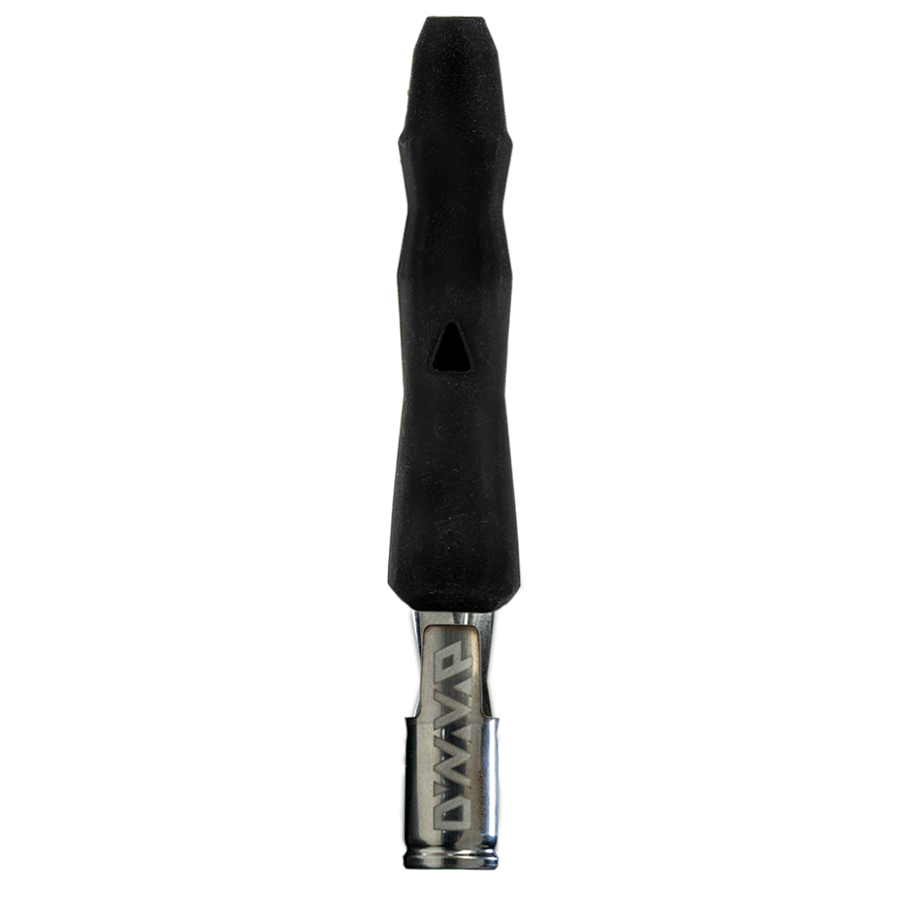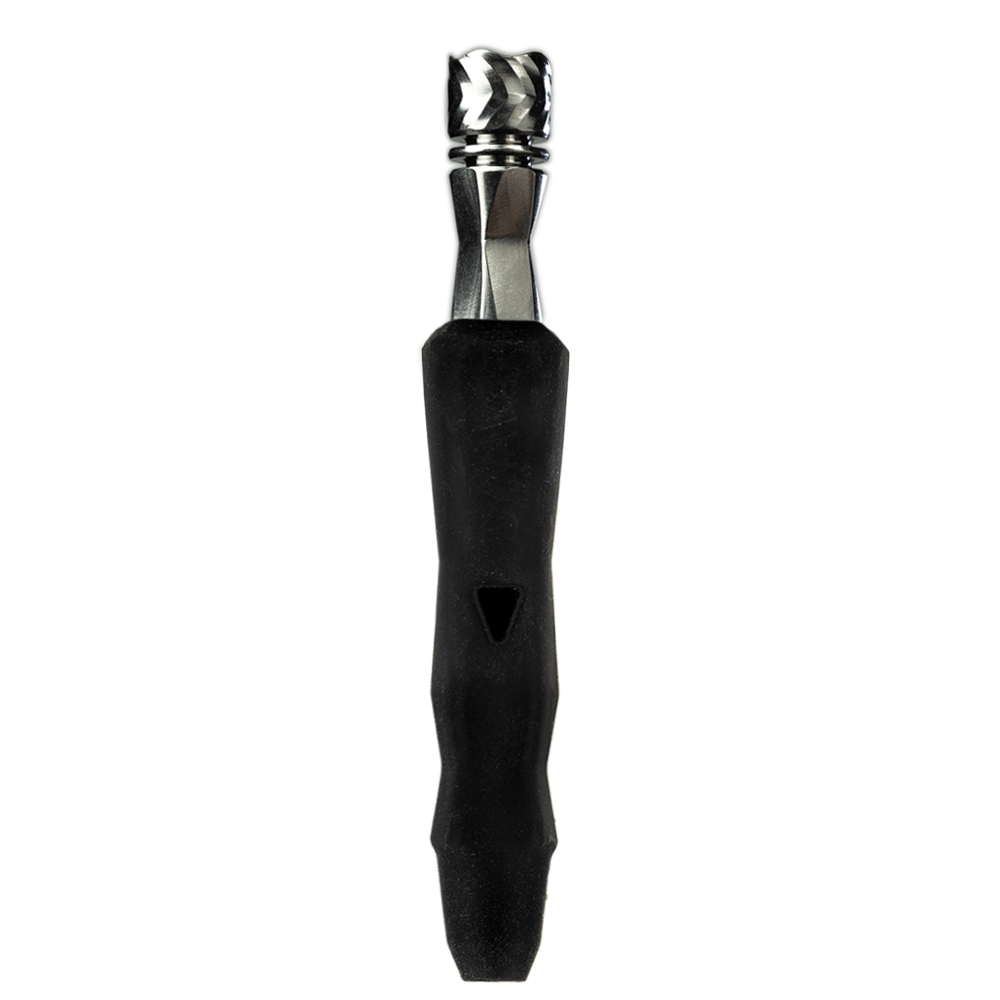Step-by-Step Guide: How to Blow Glass Pipes for Beginners

Trying to make your own glass pipes can seem hard at first. You might not know where to start or what you need. Glassblowing is an art that needs the right tools and skills to create cool pieces that are also good for smoking.
One fact to keep in mind is that using a steel stand helps hold the pipe steady, making blowing into it much easier.
This article will walk you through how to blow glass pipes, even if you're just starting out. We'll cover everything from getting ready, the techniques needed, and step-by-step instructions on making a pipe of your own.
Ready? Let's light this up!
Key Takeaways
- Before trying to blow glass pipes, make sure you are old enough as most places require you to be at least 18 due to the risks involved.
- Gather all necessary equipment like a blowpipe, marver, steel stand, and safety gear before starting your project. This helps in creating quality glass pipes efficiently.
- Learn different glass blowing techniques such as blow ins and coil pot to shape your pipe. Mastering these skills is crucial for adding unique designs to your creations.
- Always follow safety precautions like wearing protective gear and ensuring proper ventilation in your work area to avoid accidents while handling hot glass.
- Practice makes perfect when it comes to glass blowing. Start with simple projects and gradually try more complex techniques as you get comfortable with the process.
Preparing for Glass Blowing
Before glass blowing, it's crucial to check for any age restrictions and gather the necessary equipment and materials. It's important to ensure that you have all the required items before starting your glass blowing journey.
Age restrictions
Glass blowing, including the art of crafting glass pipes, sets an age restriction for participants. Most workshops and classes require individuals to be at least 18 years old, a standard due to the use of high-temperature equipment and the inherent risks involved in shaping hot glass.
This ensures that only adults participate in this highly skilled craft, adhering strictly to safety regulations.
For those eager to explore beginner's guide to glass blowing or dive into DIY glass pipe making at home, verifying age eligibility becomes crucial. The skillful process of creating smooth, functional pipes demands maturity and caution—qualities expected from adult learners.
Ensuring these age guidelines are met protects both instructors and participants during the intricate process of glass pipe crafting.
Necessary equipment and materials
Glassblowing requires specific equipment and materials to create stunning glass pipes. Here's a detailed list of the necessary items:
- Blowpipe: A long metal rod used for shaping and blowing air into the glass.
- Marver: A flat surface, used as a table, for shaping the glass cylindrically.
- Steel Stand: A secure holder for the pipe, making it easier to blow air into the glass.
- Glass Tubing: Clear or colored tubes of borosilicate or soda-lime glass for shaping the pipe.
- Graphite Paddle: Used for flattening and shaping hot glass.
- Safety Gear: Protective goggles, gloves, and apron to ensure safety during the process.
- Torch: Propane or oxygen-fueled torch for heating and manipulating the glass.
- Kiln or Annealer: Essential for annealing the finished piece to prevent stress fractures.
- Reamer and Mandrel: For creating bowl holes and forming connections on the pipe.
- Glass Cutting Tools: For precise cutting of glass tubing during the crafting process.
Each tool plays a crucial role in crafting high-quality glass pipes at home. Understanding their applications is vital in mastering the art of glassblowing, making it an enjoyable and fulfilling experience.
Next heading: "Glass Blowing Techniques"
Glass Blowing Techniques
Learn various intricate glass blowing techniques such as blow ins, coil pot, filigrana, and more. Master the art of inside out work and bubble trap to refine your skills.
Blow Ins
Blow ins are an essential glass blowing technique that involves blowing into the pipe to shape and expand the glass. This step is crucial in creating a hollow, cylindrical shape for the pipe.
By controlling the pressure and speed of their breath, beginners can gradually shape and enlarge the glass to achieve the desired thickness and form. Mastering this technique is fundamental in producing high-quality glass pipes with smooth, uniform surfaces and excellent airflow for an optimal smoking experience.
Glass blowers utilize "blow ins" as a foundational skill for creating a variety of finely crafted pipes. Through mastering this technique, beginners gain confidence in manipulating molten glass to create bespoke designs tailored to their preferences while also enhancing their overall understanding of the art of glass blowing.
Coil Pot
Create a cylindrical shape by rolling out clay into long, snake-like coils using your hands. Layer the coils on top of each other and blend them together to form the pot. Start from the bottom and work your way up, ensuring each coil is firmly attached to the one below it.
Use your fingers or a tool to smooth out any rough edges for a neat finish. Once completed, let it dry before firing it in a kiln.
You may need gloves while smoothing or blending the coils as they might be quite wet and messy. Always ensure that the pot is completely dry before placing it in the kiln to avoid cracking during firing.
Filigrana
Transitioning from the previous glass blowing technique, "Coil Pot," let's explore the intricate art of Filigrana. This classic Venetian technique involves twisting and layering different colored glass rods to create delicate patterns within the blown glass.
The skillful manipulation of these layers allows for stunning designs to emerge, making it a popular choice for crafting beautiful and unique glass pipes. Mastering Filigrana requires patience and precision as each layer is meticulously fused together to achieve the desired effect.
With this technique, beginners can create visually captivating pieces that stand out in any collection of hand-crafted glass works.
Stick Stack
Glass blowing enthusiasts often use the Stick Stack technique to create intricate and visually striking designs. This method involves carefully layering multiple glass rods on top of each other to form a stacked pattern, creating a unique aesthetic for the finished piece.
By heating and fusing these layers together, glassblowers can achieve vibrant color combinations and captivating visual effects that enhance the overall appeal of their pipes. The Stick Stack technique adds depth and dimension to the glass pipes, making them stand out with their eye-catching patterns and colors.
Mastering this technique allows beginners to elevate their craft and produce stunning pieces that are sure to impress.
Retticellos
Retticellos is a complex glass blowing technique that involves creating a net-like pattern by twisting and fusing colored glass canes together. This intricate process requires skill and precision to achieve the distinctive geometric design.
By carefully layering and manipulating the glass, beginners can produce stunning visual effects in their pipe designs.
To master Retticellos, one needs patience, attention to detail, and practice with different color combinations. The results are visually captivating pipes that showcase the artistry and craftsmanship of glass blowing techniques.
Inside Out Work
Glass blowing involves various techniques, and Inside Out Work is a fundamental part of creating unique glass pipes. This technique focuses on applying color to the inside of the pipe, resulting in vibrant and intricate designs.
By layering colored glass rods inside the clear glass tube, skilled blowers can create stunning patterns and visual effects. Beginners will find that mastering this technique may take time but will elevate their craftsmanship to new levels.
Learning Inside Out Work opens up endless creative possibilities for designing one-of-a-kind glass pipes.
Glass pipe crafting requires precision, especially when it comes to executing the Inside Out Work technique. Aspiring glassblowers should practice controlling heat and airflow to ensure even distribution of colors within the pipe.
Bubble Trap
Bubble Trap is a glass blowing technique that creates mesmerizing visual effects in glass pipes. By trapping bubbles within layers of molten glass, this method produces an eye-catching, three-dimensional look.
Utilizing Bubble Trap adds depth and character to the final design of the pipe, making it stand out from conventional styles. This technique requires skill and precision to achieve consistent results, contributing to the uniqueness of each piece.
Mastering Bubble Trap opens up a world of creative possibilities for crafting bespoke glass pipes with stunning visual appeal. It allows beginners to experiment with different patterns and colors while enhancing their skills in glass blowing.
Understanding how to execute Bubble Trap effectively can elevate DIY glass pipe making into an artistic form that captivates both creators and users alike. With its potential for creating captivating designs, mastering this technique is essential for those seeking more than just functional smoking accessories but also unique pieces of artistry.
Zanfirico
Transitioning from the intricate Bubble Trap technique, let's delve into another fascinating glass blowing skill - Zanfirico. This technique involves creating delicate and detailed patterns within the glass using colored canes to achieve stunning designs like twists, spirals, and zigzags.
These canes are meticulously arranged and fused together to form intricate designs, making Zanfirico a visually captivating method that requires patience and precision. With this technique, you can create unique and eye-catching designs for your glass pipes, adding a touch of artistry to your smoking experience.
Glass pipe enthusiasts seeking more than just functional pipes often turn to the Zanfirico technique for its ability to unlock the secrets of mesmerizing glasswork through carefully crafted patterns.
Latticino
Latticino is a glassblowing technique that involves creating intricate patterns by twisting and stretching colored glass rods. This method adds beautiful designs, swirls, and lines to the glass pipe, making it visually appealing.
The process of latticino requires skill and precision to achieve stunning results. By mastering this technique, beginners can enhance their glass blowing skills and create unique, eye-catching pipes that stand out in any collection.
As we move onto the next section about "Step-by-Step Guide for Glass Pipe Making," let's explore the detailed safety precautions and basic glass blowing skills necessary for crafting your very own custom-designed pipes at home.
Step-by-Step Guide for Glass Pipe Making
Before getting started with glass pipe making, it's essential to follow safety precautions and learn basic glass blowing skills. Shaping and designing the pipe require precision and attention to detail.
Important tips and tricks can help beginners create their own unique glass pipes.
Safety precautions
- Always wear appropriate safety gear, including protective eyewear and heat - resistant gloves.
- Ensure proper ventilation in the workspace to prevent inhalation of harmful fumes.
- Keep a fire extinguisher nearby in case of emergencies.
- Familiarize yourself with the proper use and maintenance of glass blowing tools to avoid accidents.
- Never work alone, and always have someone nearby who can assist in case of an emergency.
- Use caution when handling hot glass or working with open flames to prevent burns or injuries.
- Avoid loose clothing or accessories that could get caught in machinery or come into contact with hot surfaces.
- Clean up any spills immediately to avoid slips and falls in the workspace.
- Store chemicals and materials safely in designated areas away from heat sources and open flames.
- Always follow instructions carefully when using equipment and materials to ensure safe operation at all times.
Basic glass blowing skills
To begin with, mastering the basic glass blowing skills is crucial for creating stunning glass pipes. Here are the essential skills to get started:
- Holding and turning the blowpipe steadily while shaping the molten glass
- Maintaining proper temperature control to prevent the glass from becoming too cool or overheated
- Understanding how to shape and manipulate the glass using various tools such as tweezers, jacks, and shears
- Employing precise timing to ensure that the glass remains pliable throughout the shaping process
- Mastering the art of blowing air into the pipe at the right moment to create uniform shapes
- Knowing how to add color and decorative elements to enhance the appearance of the glass pipes
- Developing a keen eye for detail and symmetry when crafting intricate designs on the pipes
- Learning how to anneal and cool down the finished glass pipes properly to prevent cracks or fractures
By honing these fundamental skills, beginners can embark on their journey into glass pipe making with confidence and creativity.
Shaping and designing the pipe
To shape and design the pipe, follow these steps:
- Begin by heating the glass rod in the flame until it becomes soft and pliable.
- Use shaping tools to manipulate the glass into the desired form, such as a spoon or jacks for creating a bowl shape.
- Gradually rotate and shape the glass using marvering techniques to ensure uniformity and even thickness.
- Employ various color application methods like frit, powder, or cane to add visual interest to your pipe design.
- Incorporate specialized techniques such as cane pulling or murrine making for intricate patterns and designs.
- Finally, anneal the finished pipe in a kiln to relieve internal stresses and prevent breakage.
Mastering these shaping and designing techniques will result in visually appealing and functional glass pipes that are perfect for smoking enthusiasts.
Next heading: "Important tips and tricks"
Important tips and tricks
Shaping and designing the pipe is just the beginning when it comes to blowing glass pipes. To ensure success in crafting your own glass pipes, here are some important tips and tricks:
- Maintain a proper environment: Work in a clean and well-ventilated area, free from drafts or sudden temperature changes, to avoid glass cracking.
- Keep tools organized: Ensure all necessary equipment is within easy reach before starting, including tweezers, shears, jacks, and paddles.
- Heat control: Pay attention to the heat of the glass and maintain a delicate balance between heating and shaping to avoid cracks or inconsistent thickness.
- Practice good technique: Keep your movements smooth and steady to achieve even shapes and sizes for your glass pipes.
- Experiment with color: Incorporate colored rods or powders into the glass for unique designs, but be mindful of temperature compatibility during melting.
- Understanding annealing: Properly anneal your finished piece by slowly cooling it in a kiln to relieve internal stresses and prevent breakage.
- Patience is key: Take your time while blowing the glass pipe; rushing can lead to mistakes that are difficult to correct.
- Embrace imperfections: Appreciate the unique qualities that handmade items possess - each flaw adds character to your creation.
- Seek guidance from professionals: Consider taking classes or workshops led by experienced glassblowers to expand your skills and knowledge.
Conclusion
Crafting your own unique glass pipes can be a rewarding and creative experience. From the necessary tools to the step-by-step process, blowing glass pipes for beginners offers an opportunity to explore this fascinating art form.
Safety precautions are crucial for working with hot glass, and mastering basic skills will lay the foundation for shaping and designing your very own pipe. With dedication and practice, you can soon create stunning pieces that reflect your personal style in no time.
FAQs
1. What do I need to start blowing glass pipes as a beginner?
To start, you'll need some basic glass blowing equipment, which includes tools for heating, shaping, and cooling the glass. An introduction to glass blowing tutorial or a beginner's workshop can also help you understand the basics.
2. Can I make my own DIY glass pipes at home?
Yes! With the right equipment and safety measures in place, you can follow step-by-step guides or tutorials to create your own DIY glass pipes at home.
3. Are there any tips for beginners trying to shape their first glass pipe?
Definitely! Beginners should focus on learning the fundamentals of glass pipe shaping and design from a reliable tutorial or workshop. Practicing patience and getting comfortable with the tools are key tips for starters.
4. Where can I find a step-by-step guide for making my first glass pipe?
You can find detailed instructions in online tutorials, books about beginner's glass blowing, or by attending a hands-on workshop designed specifically for beginners interested in crafting techniques for making their own pipes.
5. How long does it take to get good at blowing glass pipes?
The time it takes varies widely among individuals; however, regularly practicing the skills learned from an introductory course or guide will significantly improve your ability over time. Dedication and patience are essential as you master each step of the process.


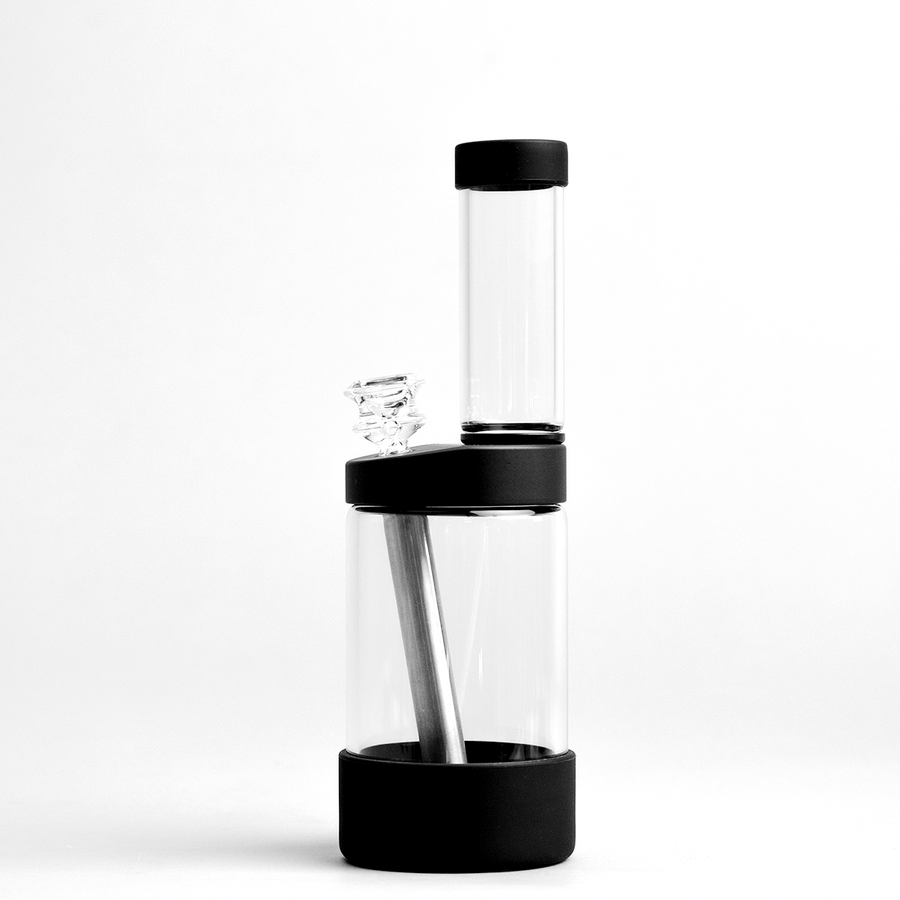
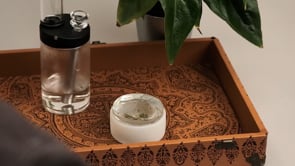






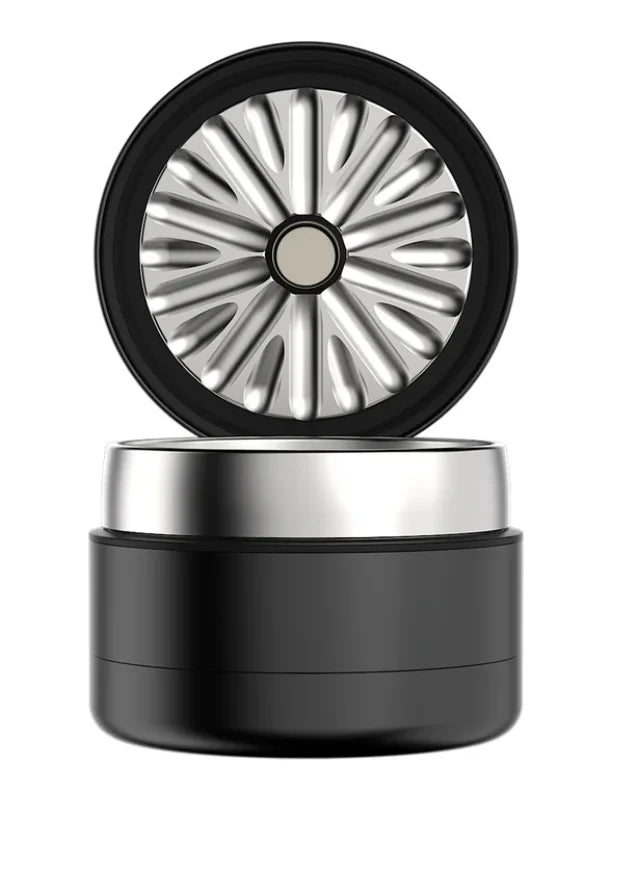
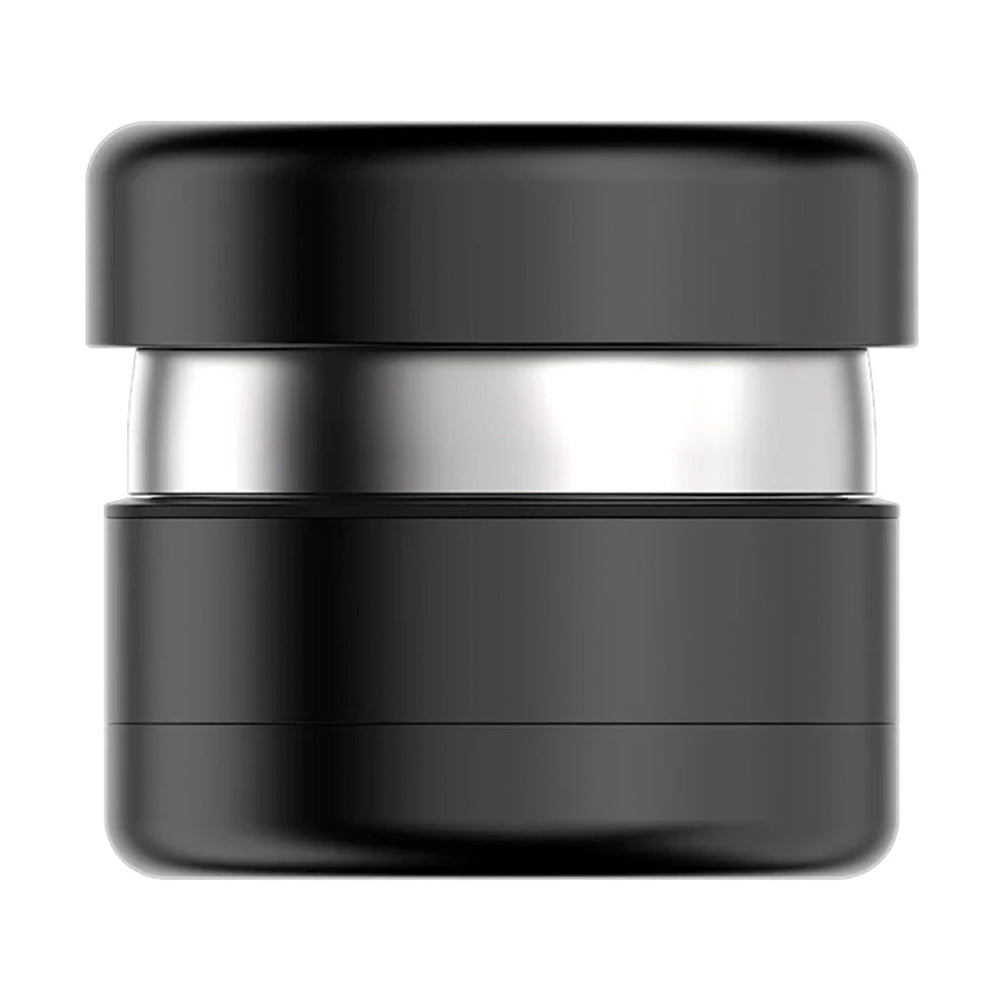


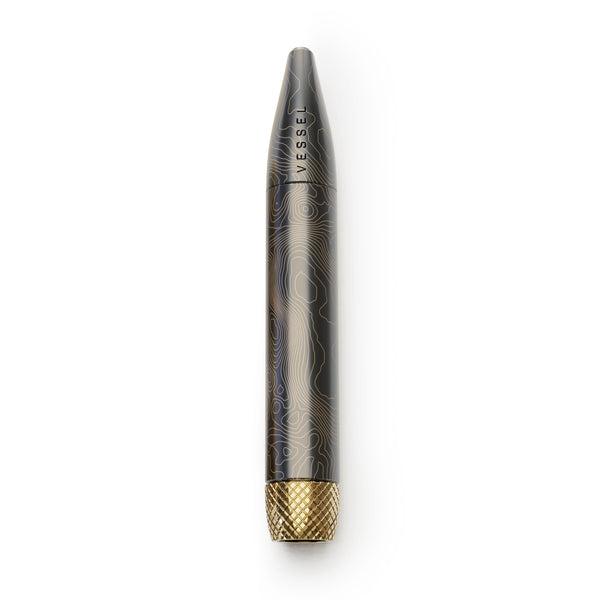
![Vessel - Air [Jade] Vessel - Air [Jade]](http://www.headshop.com/cdn/shop/products/7cd436a1-b1f0-4e01-9e52-050ad7140b56.png?v=1679506090&width=600)
![Pipe by Vessel [Rose Gold] Pipe by Vessel [Rose Gold]](http://www.headshop.com/cdn/shop/files/Pipe_Rose_Gold_Closed.jpg?v=1744306576&width=600)
![Vessel - Mill [Beechwood] Vessel - Mill [Beechwood]](http://www.headshop.com/cdn/shop/files/MILL_GUNMETAL_BEECH_COLLAPSED_FRONT_800.jpg?v=1744308513&width=600)
![Vessel - Cone [Onyx] Vessel - Cone [Onyx]](http://www.headshop.com/cdn/shop/products/6f51074a-2173-4ab4-876d-22a84764eb5d.png?v=1679517316&width=600)
![Pipe by Vessel [Gunmetal] - Headshop.com](http://www.headshop.com/cdn/shop/files/Pipe_Gunmetal_Angle.jpg?v=1744306453&width=900)
![Pipe by Vessel [Gunmetal] - Headshop.com](http://www.headshop.com/cdn/shop/files/Pipe_Gunmetal_Closed.jpg?v=1744306456&width=1000)




